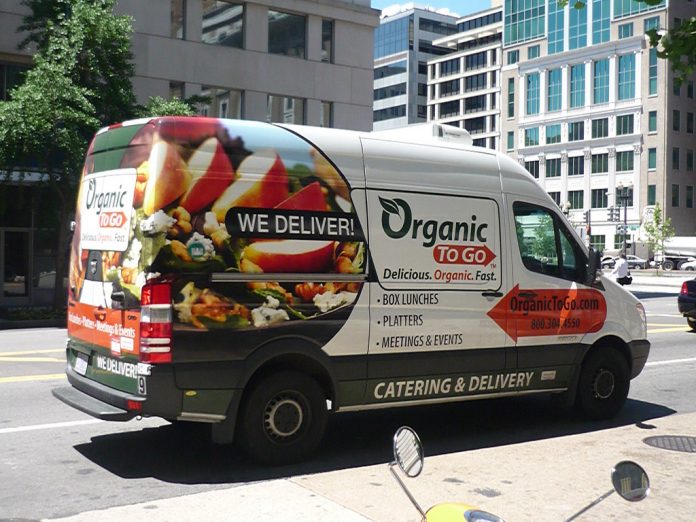Food delivery has been thorough a significant change in the past few years. In fact, it has become a new weapon in the food and beverage industry. You can see that food delivery business has shifted from the conventional means of transaction to virtual delivery system. The change is visible not only in fast food businesses, but also in healthy food industry. Now, ordering various kinds of food from home is just as simple as clicking few buttons on your phone, right?
Two Common Trends in Food Delivery Business
Actually, food delivery business is different from the food kitchen business (restaurant). Food delivery system works to deliver the foods to the customers. In other words, it serves to optimize the restaurant’s kitchen. Food delivery is mostly conducted by transportation business. Now, the most popular players include Uber Eats, DoorDash, or Postmates. These businesses are experimenting to find the most effective ways to meet the customers’ need while maximizing the partner restaurants.
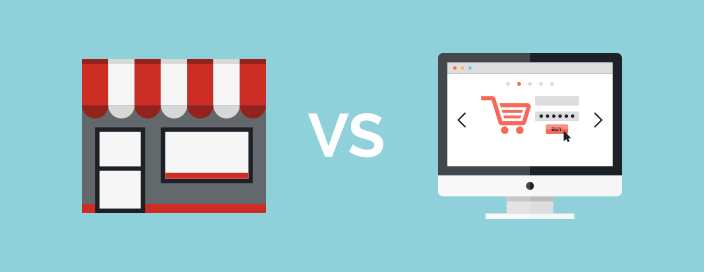
Actually, there are two common ways, in which the food delivery system works. First, the food delivery company works on behalf of a restaurant. In this case, the restaurant receives the order (by phone or by app) and has the orders delivered to the customers by the food drivers. The drivers get the commission from the restaurants.
Second, the food delivery company works for the customers. In this way, the drivers receive the orders by means of web-based app and deliver the orders to the customers. The second system is increasingly popular now. In this system, the drivers get the commission from the online transportation company since the amount the customers pay is added with the transportation fees.
More and more online transportation companies are involved in the food delivery business. As a result, competition becomes tighter. Each company competes to provide the customers with faster and unique services. They also compete in building more professional app to make sure that their app appears first on the web browser.
Effects of Tighter Competition in Food Delivery System
Actually, tighter competition in the food delivery system has resulted in some unexpected effects. They include the rise of delivery-only pop-up to virtual restaurants. The following are some sample cases:
Caviar
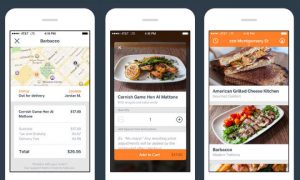 The Oakland based startup implemented a unique approach to reach more customers. The food delivery company collaborated with Honey Butter Fried Chicken to set up delivery-only booth during the weekend. The Caviar manager chose Bay Area to set up the pop-up, which only served delivery service. The booth cuts the time required to deliver the foods for the customers around the Bay Area.
The Oakland based startup implemented a unique approach to reach more customers. The food delivery company collaborated with Honey Butter Fried Chicken to set up delivery-only booth during the weekend. The Caviar manager chose Bay Area to set up the pop-up, which only served delivery service. The booth cuts the time required to deliver the foods for the customers around the Bay Area.
In addition, Caviar offered exclusive menu on its delivery service. The company actually had applied the similar approach when it collaborated with Souvla in New York City. The San Francisco based restaurant saw that collaboration with Caviar successfully attract new customers. Now, Caviar also has a delivery pop-up owned by Honey Butter in Oakland. Caviar is successful with its approach, since the customers see to love the exclusive menu contents.
Postmates and DoorDash
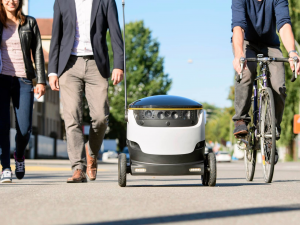 The delivery company uses a different approach in Los Angeles. It opens a commissary kitchen to reach new customers of Tatsu Ramen. Now, Postmates is working with multiple restaurants. It is selling varied types of food in its spare kitchen space. The idea of ‘Dark Kitchen’ is also used by DoorDash. The difference is that the latter food delivery company chooses to open a virtual restaurant in the area, where the client restaurant is not present.
The delivery company uses a different approach in Los Angeles. It opens a commissary kitchen to reach new customers of Tatsu Ramen. Now, Postmates is working with multiple restaurants. It is selling varied types of food in its spare kitchen space. The idea of ‘Dark Kitchen’ is also used by DoorDash. The difference is that the latter food delivery company chooses to open a virtual restaurant in the area, where the client restaurant is not present.
For instance, DoorDash opens a virtual kitchen of Little Star – a pizza chain in Bay Area – in San Jose, California, where the restaurant is not present. Actually, a British company Deliveroo had experimented with the system before. However, the US customers seem to receive the new food delivery system with caution.
Uber Eats
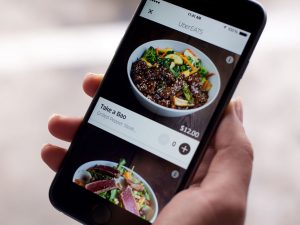 Instead of opening an imaginary kitchen, Uber Eats is working with multiple restaurant partners. The customers can order different kinds of food from a single app. Uber Eats simply serves as a delivery company. It connects the customers and the restaurants. Whether the customers want to eat pizza, fried chicken, or ice cream in a single meal, the Uber Eats drivers can find them and deliver them to the customers. Uber Eats calls the system “Virtual Restaurant.”
Instead of opening an imaginary kitchen, Uber Eats is working with multiple restaurant partners. The customers can order different kinds of food from a single app. Uber Eats simply serves as a delivery company. It connects the customers and the restaurants. Whether the customers want to eat pizza, fried chicken, or ice cream in a single meal, the Uber Eats drivers can find them and deliver them to the customers. Uber Eats calls the system “Virtual Restaurant.”
The advantage of virtual restaurant over the brick-and-mortar one is certainly the cost. There is no need to lease a shop or to hire employees. Caviar has to spend weekend costs for the pop-up, while Uber Eats opens its virtual restaurants without spending any cost. On the other hand, DoorDash is still experimenting with some models before determining the business model to adopt.

